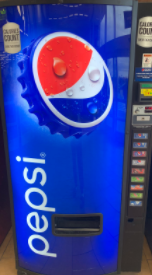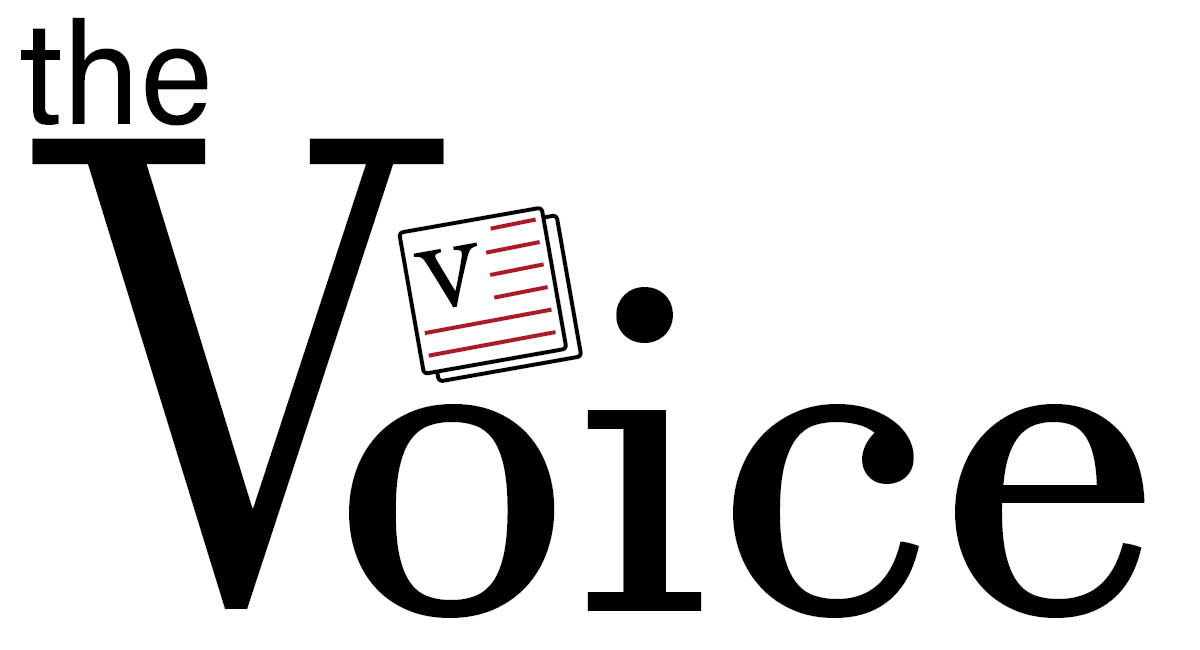The issue with the school vending machines

Courtesy of Sean Kovach
October 31, 2021
I enter the building through Door 1 and begin to walk towards the circle on my way to my second-period class. As I pass the central gym doors, I feel my stomach growling and notice that my throat is dry. I decide to grab something from the vending machine, but when I finally push past the gathering crowds in the hallway, I see that the vending machine options consist of only Kickstart drinks, Diet Pepsi, and Oreos. Saddened, I decided to call it quits and sulk upstairs to class, unfulfilled, hungry, and thirsty.
Similarly, other students have expressed that they have had similar incidences with the vending machines. Students especially feel that toward the end of the day, the vending machines tend to be low on everything, or completely empty.
Students, such as senior Maya Pavithran expressed her opinion in regard to the recent lack of items, particularly during the last periods of a usual day at school.
“I was trying to [get food] last period, and there was nothing in there and I was like, okay, well, [there is] nothing to eat,” Pavithran said.
Despite vending machines being fully restocked each day before 7:30 am, by the middle of a typical school day, the vending machines are generally void of the regularly purchased items. This leaves students with two options: wait until they can leave the building to get food from other restaurants, or wait until they get home from school.
In all fairness, the school does a pretty decent job at providing healthier snacks and drinks for students, but most students tend to shy away from these items due to the higher prices. In the vending machines, the energy and soda drinks tend to be cheaper than water, leading students to purchase the unhealthier choices of the two.
“I don’t usually purchase water from the machines, instead I’ll go for the other drinks because [they’re] cheaper,” Pavithran said.
Other students, such as junior Ella Boeke, also feel that the vending machines influence students to specifically buy unhealthy and expensive energy drinks.
“Sometimes you see people walking around at 7:30 in the morning with [their] kickstarts and I think if they had healthier [and cheaper] options, it could be better,” Boeke said.
The school needs to find a way to keep the vending machines as stocked throughout the school day as possible, and with better choices too. This, along with providing various options, would make the vending machines a fantastic resource for students needing something healthy, small, and easily accessible.



